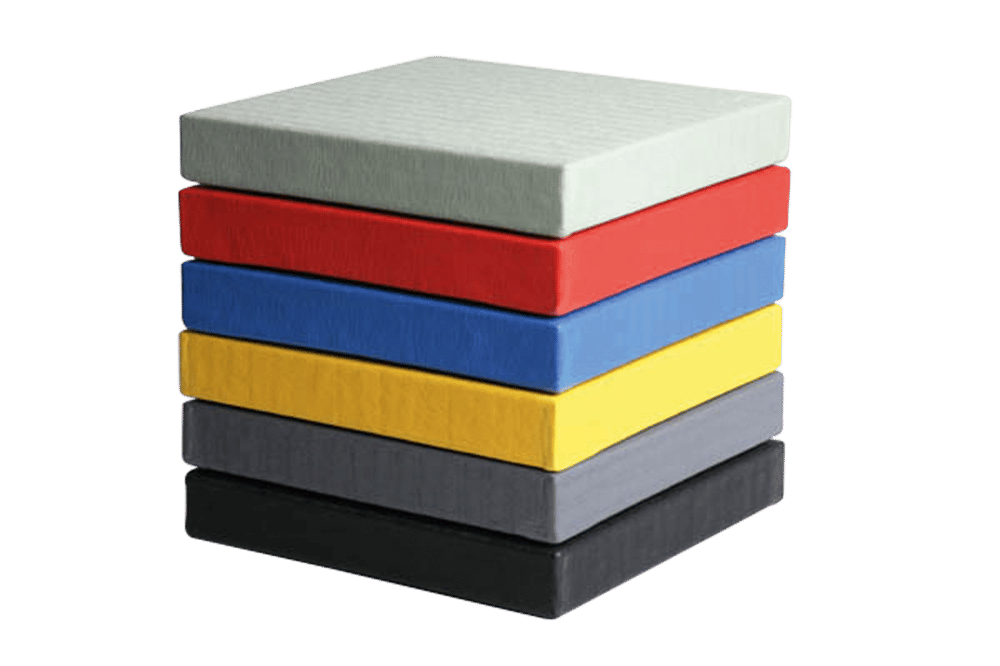
Issue 064
July 2010
Even if you only train MMA a couple of times a week you’ll spend many hours on the mats. Professionals can spend more time on the mat than they do in bed at night! This guide will help you make the right choice when buying mats.
Why use them?
For cushioning! They prevent bruises and injuries when training throws and takedowns, and make grappling more comfortable.
When would you use them?
When training in MMA or any grappling-based sport such as wrestling, judo or BJJ. Although it isn’t necessary to use mats when you are only training the art of stand-up striking, some clubs have a permanent matted area that is used for everything.
Types
There are several different types of mat commonly used in MMA clubs. The ideal situation is to have a permanently installed mat area, with a single sheet of vinyl covering closely packed foam mats. This way, there are no gaps between mats for fingers or toes to get caught in, it’s easy to clean and there is no hassle assembling the mat before training.
For clubs that don’t have the luxury of this kind of facility, there are other options available.

Jigsaw mats
Jigsaw mats solve this problem by having interlocking edges that hold the individual pieces of mat together. They are typically lighter than judo mats, and come in a variety of different thicknesses. Improvements in technology mean that modern, good-quality jigsaw mats are very different from those of ten years ago.
Judo mats
These come in 1x1m or 2x1m sizes. They have a vinyl cover and a base that grips the floor. They can be used as a permanent mat area, or stored and laid out before training. There are also variations on the traditional judo mat, with different coverings and thicknesses. Some have interlocking Velcro tabs to hold the mats together.
Other mats
Gymnastics mats (or those designed for use in weights gyms) aren’t any good for grappling and should be avoided like the plague!

Padding and thickness
Traditional Japanese tatami mats were once made out of straw. These days, mat manufacturers use various kinds of foam. This can be combined in various densities and thicknesses, all of which affect how the mat feels to train on. Ideally, you’re looking for something that isn’t so spongy that it slows down your footwork, but has enough ‘give’ to cushion an impact. Before you invest in your mats, try and get the opportunity to test them out first!
Surface
The two most common complaints are that the surface is too slippery (especially when covered in sweat), or that it acts like sandpaper when you’re grappling. There’s always a trade-off between grip and abrasiveness. A canvas surface offers very good traction even when sweaty, but can give nasty mat burns. A gloss vinyl finish is easier on the skin, but acts like an ice rink when wet. ‘Textured’ vinyl surfaces (such as judo mats) and jigsaw mats tend to fall somewhere between the two.
GENERAL TIPS
Disinfect the mats on a regular basis
Cleaning the mats with a disinfectant solution on a weekly basis (or more often if they are heavily used) may help to prevent the spread of skin infections.
Have a strict ‘no outdoor footwear’ policy
Shoes that are worn outside should never be allowed on a grappling mat. Nobody wants to come face to face with muck that has been walked in off the street.
...









